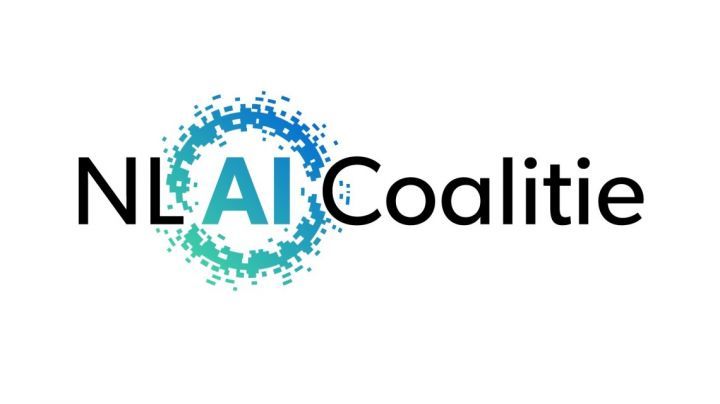AI for Security, Peace, and Justice through the NL AIC
On behalf of the Ministry of Justice and Security, HSD facilitates and supports the Dutch AI Coalition from our role as chair of both the MMIP Data & Intelligence working group and the Security, Peace and Justice working group in the NL AI Coalition. HSD aligns different stakeholders and facilitates matchmaking and the building of consortia. Security is one of the four societal themes that are central to the government's mission-driven Innovation Policy. These topics are included in Knowledge and Innovation Agendas (KIAs). Eight missions have been defined for the KIA Security, seven of which are closely related to ICT key technologies, including AI. The NL AIC, in collaboration with the Top Sector ICT (Team Dutch Digital Delta), implements these KIAs and missions.
The Peace, Security and Justice (VVR) working group of the Dutch AI Coalition brings together relevant national players to develop and deploy effective, safe, and responsible AI applications for security, peace, and a well-functioning justice system. The working group focuses on the deployment of AI within the broad security domain. In this way, it hopes to make the Netherlands a leader in human-centered AI for security, peace, and justice. A position paper on this working group and the broader topic of AI within the domain of security, peace and justice was published in February. The focus of the working group is on privacy-preserving data sharing, applications for decision support, cybersecurity, and language and speech technology. The starting point is a human-centric approach in which explainability, transparency, and inclusion are central. The working group links up with the AI strategy of the Ministry of Justice and Security.
MMIP Data and Intelligence
Many data and intelligence challenges have to do with the reliability of collecting and sharing intelligence data and providing optimal support for intelligence analysis and decision-making. This requires a holistic approach and thus the input of technological, organizational, linguistic, legal, ethical, and sociological perspectives and knowledge. Interdisciplinary collaboration, where scientists from all disciplines bring their knowledge together to advance technological development, can enhance the research generated by this call for proposals.
Although there is a large amount of data and information available within the VVR domain, it is often difficult for relevant parties to share it with each other in a responsible and reliable manner. This prevents the use of this data in places where it could be of great added value. For the responsible use of AI, it is essential that data can be shared and used in a privacy-proof manner, especially in the security domain where the privacy of citizens is an even more sensitive issue than in some other domains.
The working group seeks solutions to this issue, so that data can be analyzed and used within the security chain without undermining the privacy of citizens. If AI is used in the public domain, it must be possible to properly explain how it works and how it arrives at the results. It must be known on what criteria, for example, the AI system's recommendations are based.
Various solutions have been developed for this. Especially Privacy Enhancing Technologies (PETs) such as Multi Party Computation, Federated Learning, Privacy by Design such as Ma3tch, and Synthetic Data are promising in this area.
These types of technologies have also been used by data scientists at NFI to create the self-learning FIRE algorithm. This algorithm can quickly discern specific images from data. For example, it sees whether there are weapons or drugs in a photo, but also recognizes texts on photos, such as license plates or account numbers on stolen bank cards. This AI technology has been incorporated into the search engine Hansken. This search engine is used by the Dutch police to search large amounts of seized data carriers such as computers and cell phones. Hansken makes this possible by automatically structuring and indexing the data. Anything that may be relevant can be searched for, for example, words and names or properties of traces such as emails, chat messages, or photos.
Read more about Hansken and its development here and here.
AI for decision support
Supporting first responders on the street with real-time data offers great opportunities for creating an accurate situational picture, from which well-informed decisions can be made. Another example of decision support involves court cases or the control room. Spoken words on audio or video media can be recognized and converted to written text and then analyzed. All data is combined and the analysis leads to a recommendation to the judge or an action from the control room. Transparency, explainability, verifiability, traceability, and non-repudiation of the recommendations from initiatives are essential here for a good and responsible use of AI for decision support.
For more information on concrete matchmaking and consortia in the field of AI for VVR or Data and Intelligence in the security domain, please contact Paul Coumans at paul.coumans@securitydelta.nl.
Interested?
Send us an email!









